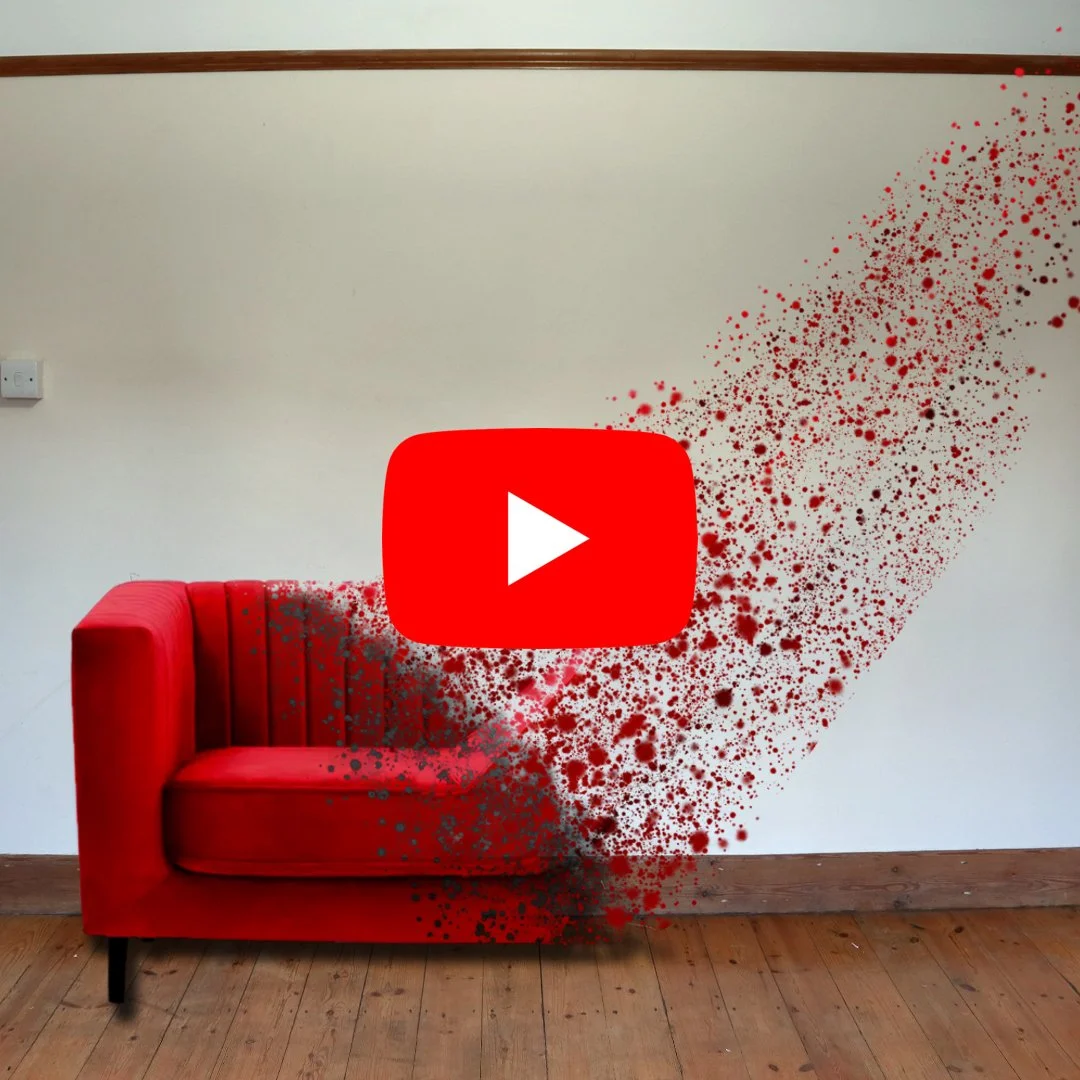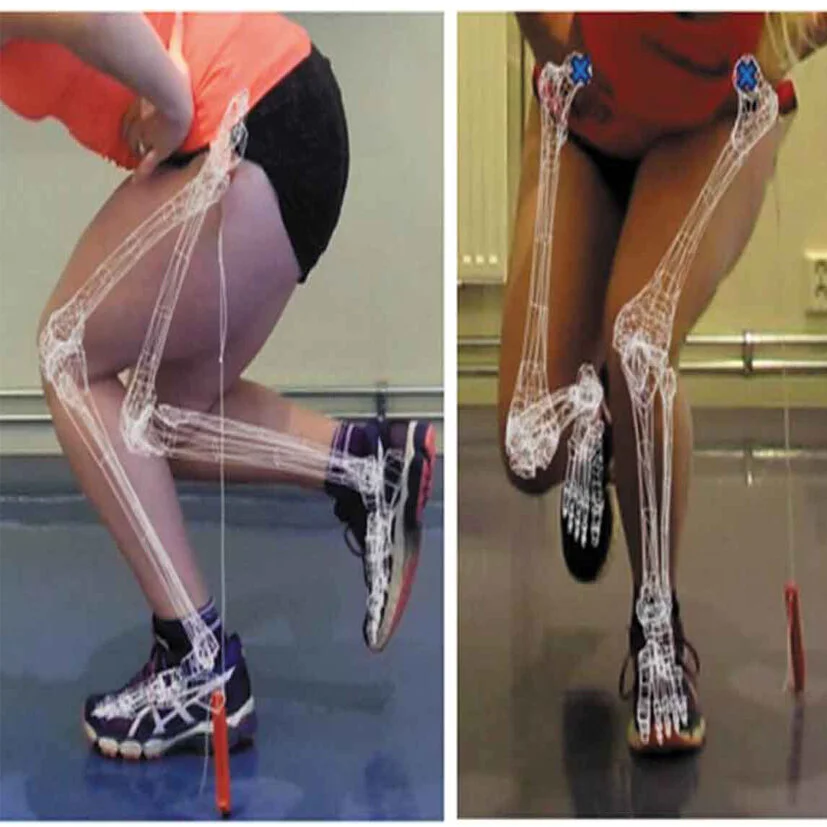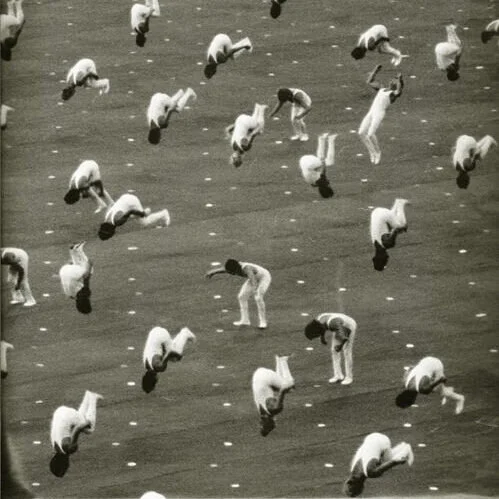Normal and Pathological Gait | What’s The Difference?
I recently came across this very interesting paper from 1953 called ‘The Major Determinants in Normal and Pathological Gait’ which presented data from a variety of techniques that measured forces generated from walking. The conclusion of the paper was that the most efficient and energy saving movements are ones which move away the least from the body’s centre of mass (COM). These movements will be more subtle and less noticeable than dysfunctional movement because bigger movements require more energy. From this, they distilled the relevant movements down to create a list of movement determinants that still guides many researchers and practitioners to this day and are used as indicators as to whether a movement pattern is normal or pathological (caused by illness or disease). Through the measurement of physiological energy expenditure this provides a method to determine the energetic penalty of gait abnormality and functional performance ability.
The Six Major Determinants Of Gait
- Pelvic Rotation
- Pelvic Hike (or Drop)
- Pelvic Shift
- Knee & Hip Flexion
- Knee & Ankle Interaction
- Knee Range Of Motion
Image Tracie Cheng art
Since the publication of this paper, gait analysis has been studied extensively and we’ve been able to learn more as technology has developed. The field of biomechanics is defined as ‘the scientific study of the role of mechanics in biological systems. The study of biomechanics includes the analysis of motion in animals, the fluid dynamics of blood, and the role of mechanical processes in the development of disease’. Similar to other engineering principles, when thinking of gait, the same rules apply - the less energy expended, the more efficient the movement.
Walking involves smooth advancement of the body through space with the least mechanical and physiological energy expenditure. If any part of the system is compromised (such as your ankle lacking mobility) then this may mean your movement becomes exaggerated - and away from your centre of mass - and increasing energy costs to manage this.
Inefficient economy of movement affects many things that may not be immediately connected, such as endurance, speed or food requirements.
Unconsciously our preference is to choose the most efficient path which is also likely to be the most economical and creates the least resistance.
A normal gait requires an intact brain, spinal cord, and sensory system as the ability to stand and walk is dependent on input from the visual, vestibular, cerebellar, motor, proprioceptive and sensory systems. Any problems in any of these other systems needs to be addressed and overcome when working on gait problems as mechanics alone may not be enough to solve the issues.
Human locomotion is a phenomenon of the most extraordinary complexity in which so great are the multitude of individual motions occurring simultaneously in the three planes of space that analysis is difficult without some unifying principle. The adoption of the concept that fundamentally locomotion is the translation of the center of gravity through space along a pathway requiring the least expenditure of energy supplies the necessary unifying principle which permits of qualitative analysis in terms of the essential determinants of gait… Pathological gait may be viewed as an attempt to preserve as low a level of energy consumption as possible by exaggerations of the motions at unaffected levels. Compensation is reasonably effective with the loss of one determinant of which that at the knee is the most costly. Loss of two determinants makes effective compensation impossible and the cost of locomotion in terms of energy is increased threefold with an inevitable drain upon the body economy.
REFERENCES
Saunders, J.B., Inman, V.T. and Eberhart, H.D. (1953) The Major Determinants in Normal and Pathological Gait. Journal of Bone and Joint Surgery American, 35-A, 543-558
Chan, C.W., & Rudins, A. (1994). Foot biomechanics during walking and running. Mayo Clinic Proceedings, 69, 448-61.
Mann, R.A., & Mann, J.A. (1997). Biomechanics of the foot. In B. Goldberg & J.D. Hsu (Eds.), Atlas of orthoses and assistive devices (pp. 135-152). St. Louis: C.V. Mosby.
Rodgers, M.M. (1988). Dynamic biomechanics of the normal foot and ankle during walking and running. Physical Therapy, 68, 1822-1830.
Chen MA. Frailty and cardiovascular disease: potential role of gait speed in surgical risk stratification in older adults. J Geriatr Cardiol. 2015 Jan;12(1):44-56. doi: 10.11909/j.issn.1671-5411.2015.01.006. PMID: 25678904; PMCID: PMC4308458.
Wolfson L; Gait and balance dysfunction: a model of the interaction of age and disease. Neuroscientist. 2001 Apr7(2):178-83.
Baezner H, Blahak C, Poggesi A, et al; Association of gait and balance disorders with age-related white matter changes: the LADIS study. Neurology. 2008 Mar 1870(12):935-42. doi: 10.1212/01.wnl.0000305959.46197.e6.
Verghese J, Lipton RB, Hall CB, et al; Abnormality of gait as a predictor of non-Alzheimer's dementia. N Engl J Med. 2002 Nov 28347(22):1761-8.
Mazoteras Munoz V, Abellan van Kan G, Cantet C, et al; Gait and balance impairments in Alzheimer disease patients. Alzheimer Dis Assoc Disord. 2010 Jan-Mar24(1):79-84. doi: 10.1097/WAD.0b013e3181c78a20.
Gait Assessment Rating Scale (GARS)
Wolfson L, Whipple R, Amerman P, et al; Gait assessment in the elderly: a gait abnormality rating scale and its relation to falls. J Gerontol. 1990 Jan45(1):M12-9.
Patrick JH, Keenan MA; Gait analysis to assist walking after stroke. Lancet. 2007 Jan 27369(9558):256-7.
Della Croce, U., Riley, P. O., Lelas, J. L., & Kerrigan, D. C. (2001). A refined view of the determinants of gait. Gait & posture, 14(2), 79-84.
Pavei, Gaspare & Salis, Francesca & Cereatti, Andrea & Bergamini, Elena. (2020). Body center of mass trajectory and mechanical energy using inertial sensors: a feasible stride?. Gait & Posture. 80. 10.1016/j.gaitpost.2020.04.012.































What are the most common misconceptions about furniture free? Well these are my top three!